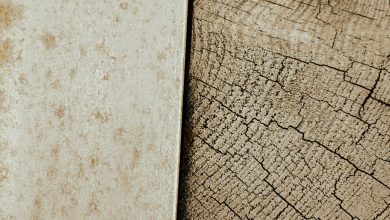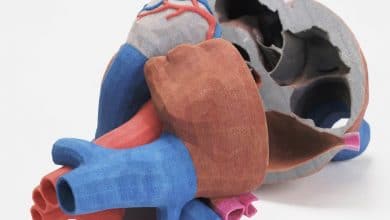

Already in 2016 we reported on the use of 3D printing in space, specifically on the ISS. We would now like to pick up this thread again.
Contents
Ceramic instead of plastic
As already reported here, FDM printing on the ISS started at the end of 2014 with an FDM printer. At that time, within 5 weeks one had “progressed” from a front panel to a wrench. After establishing 3D printing in the ISS workflow, a second, improved FDM printer was finally established there in spring 2016.
In 2020, the next step in the use of 3D printing was taken up there. Since then, ceramic components have also been printed on the ISS. This is made possible by the so-called Ceramic Manufacturing Module (CMM) using a stereolithography process based on pre-ceramic resins. The CMM was installed on the ISS at the end of September 2020.
SLA printing as a milestone for permanent life in space
According to experts, these successful tests with the first SLA printer in orbit are the first proof that it is possible for mankind to live and work sustainably in space.
Convincing print quality
The quality of the SLA components printed on the ISS is not only in no way inferior to the turbine components printed on Earth, but actually surpasses them, the company responsible also reports.
Key findings for 3D printing on Earth
In turn, these encouraging results should not only ensure mankind’s superiority in space, but above all also further improve the 3D printing of turbine components on earth. On this occasion it was shown that such 3D prints in a microgravity environment have both higher strength and lower residual stress. This is explained by the fact that the defects caused by gravity, such as deposits or compositional gradients, do not apply here. This advantage could come into play, for example, when used in power plants.
Initial problems quickly resolved
A number of problems in resin-based additive manufacturing had already been solved in advance. These had affected, for example, the porosity of components or the uneven shrinkage of the material.
Stay up to date on the latest developments in 3D printing and its diverse uses in our 3D Activation blog.

